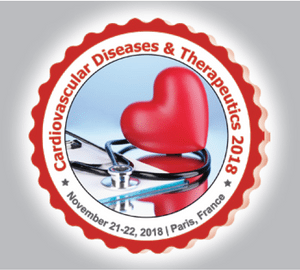
Laura Marques de Azevedo
University of São Paulo, Brazil
Title: Standardization of information in the line of care for hypertensive and diabetic patients in primary health care
Biography
Biography: Laura Marques de Azevedo
Abstract
The line of care for hypertensive and diabetics (LCHD) aims to be the guide of care in primary health care. Care systematization, cardiovascular risk classification and return flowchart require standards so that all the information is collected uniformly, whether in the reception, medical or nursing consultations or in attendance by the multiprofessional team. The objective of this study was to present the forms of a LCHD. Experience report on the forms of a LCHD implemented in 2012 at the Vila Maria Vila Guilherme Health Network. The first version of the service form being capable of structuring the LCHD logic was developed in 2013. In 2015, it was revised and brought more objectivity maintaining the vital signs, anthropometric measurements, laboratory results, emergency or hospitalization care, diabetic foot evaluation and information on physical activities. In the same year, the need of sharing the management of care with the user, a singular therapeutic project form was developed, which symbolized a contract between the patient and the professional. At the end of 2017, in addition to contributing to the follow-up of the disease, ensure continuity of care and communication between the team, the return-on-consultation records stood out, since it was a priority to ensure compliance with the LCHD flowchart. More efficient attendances, more accurate monitoring of patients and to extract the characterization of the epidemiological profile are real contributions from LCHD's structured and constantly updated records. Although today, six years after its first version, difficulties in its fulfillment are found and these are essential for the execution of the LCHD.

